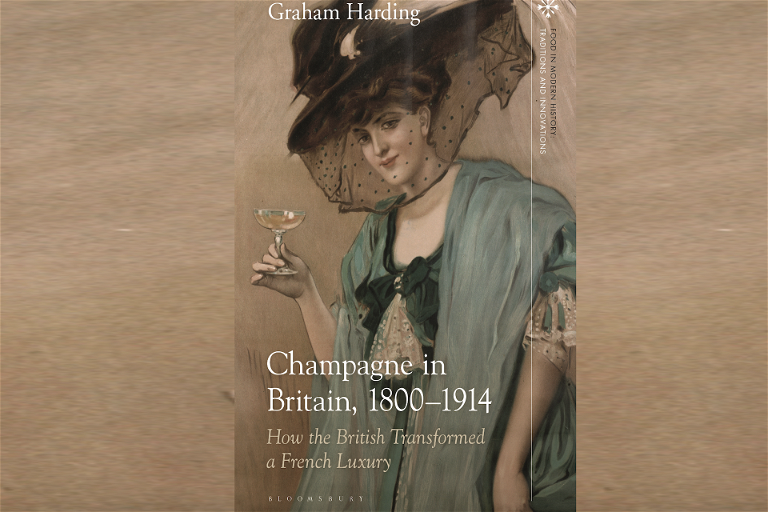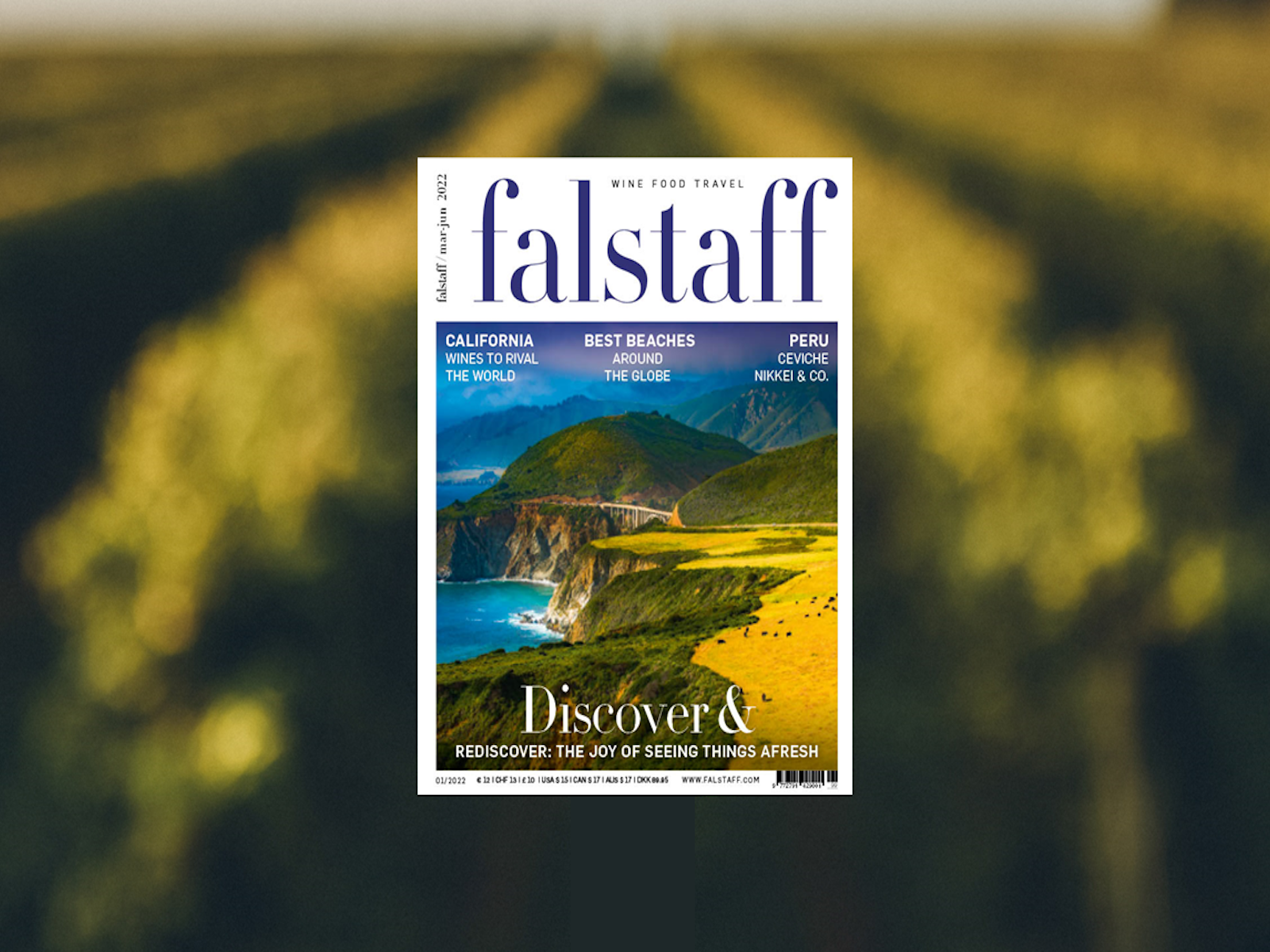Giveaway: Win the New Book “Champagne in Britain 1800-1914”
The book is an entertaining but well-researched romp through Champagne’s heady early days in Britain. Author Graham Harding gives you a taste of what to expect plus your chance to win!
Champagne in Britain 1800-1914 – How the British Transformed a French Luxury, published by Bloomsbury Academic, was born out a fascination with branding and a love of wine. The wine came first, but I wanted to trace how the famous names of Champagne were transformed into the world’s first set of luxury brands in the 19th century – conceived and managed as such.
Hedonism, celebration and virility
Champagne had of course always had an image of celebration and hedonism. Introduced to Britain during the reign of Charles II by a fashionable French nobleman with Champagne connections and an eye for commercial opportunity, it quickly became the toast of 17th century London.
Recognised as the drink to ‘revive languishing lovers’, sparkling wine sales took off. But quality problems with managing the mousse meant that by the early 19th century, the majority of Jean-Claude Moët’s sales in Britain were of still Champagne. It was the most expensive drink of the age – outranking even such stars as Romanée-Conti and Margaux.
It took a reduction in duty levels in 1860 and the determination of a newly prosperous British professional and middle class to set sales soaring. Young men in London’s elite clubs had already begun to switch to sparkling wine but now middle-class men and women placed it centre stage on their dining table – and this is what changed the style of Champagne.
From sweet to dry
At the time, Champagne had been a sweet wine. If you wanted to show that you could afford Champagne on your table, you wanted to drink it with British roast beef. That meant dry wine – and the French producers, led by their British agents, took serious note.
By the 1880s, British taste was for the driest of sparkling Champagnes. Other countries, particuarly France, still preferred the sweeter style but the influence of British imperial reach transformed the global taste to the style we know today.
Marketing by music
It was London-based agents who transformed Champagne’s famous names into brands. Veuve Clicquot became le vin des souverains (the wine of sovereigns/kings) while Pommery made much of their links to the Duke of Wellington and the patronage of the Prince of Wales.
At the other end of the social spectrum, Clicquot and Moët & Chandon benefited from the immense popularity of music-hall songs that they may (or may not) have funded. Stage hits like Alfred (‘the Great’) Vance singing Clicquot’s the Wine for Me created a new genre of popular songs which meant that few men and women in the 19th century did not know exactly what Champagne stood for and which the big brands were.
Giveaway
We are giving away the book Champagne in Britain 1800-1914 – How the British Transformed a French Luxury . Simply answer the questions below for a chance to win.
Closing date: April 15, 2022.
Expert PR moves
The Houses of George Goulet and Pommery & Greno made their heavily-promoted cellar tours the earliest examples of experience marketing by using the British press to write glowingly of men such as the Pommery cellar master who was – by repute – always up for a bout of fisticuffs with any “stout fellows” who had taken a glass or two of his famous wine.
For stay-at-homes, Pommery and Heidsieck cleverly used cartoons in the widely circulated humorous magazine Punch to link their wines with British institutions such as the Epsom Derby and the House of Commons. No other consumer goods category got the same treatment.
The marketing playbook
This was inspired marketing by any standard. If you look at the 21st century template for luxury marketing, you will see that 19th century Champagne house agents more or less wrote the playbook: maximising price, using vintage-dated wines to create an illusion of scarcity, manipulating press coverage and controlling distribution.
And it worked! Moët & Chandon linked their wine to the soldiers of Britain’s imperial armies and the boat race battles of Oxford and Cambridge. Women went to fancy-dress parties in Champagne-bottle costumes. Without Champagne, wrote Henry Vizetelly, a 19th century wine writer, “the entirety of British civilisation and social life would collapse.”
Here are global 30% discount codes for the book, redeemable until 24 May 2022 on Bloomsbury.com
Canada: GLR 9XUCA



